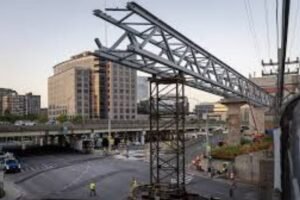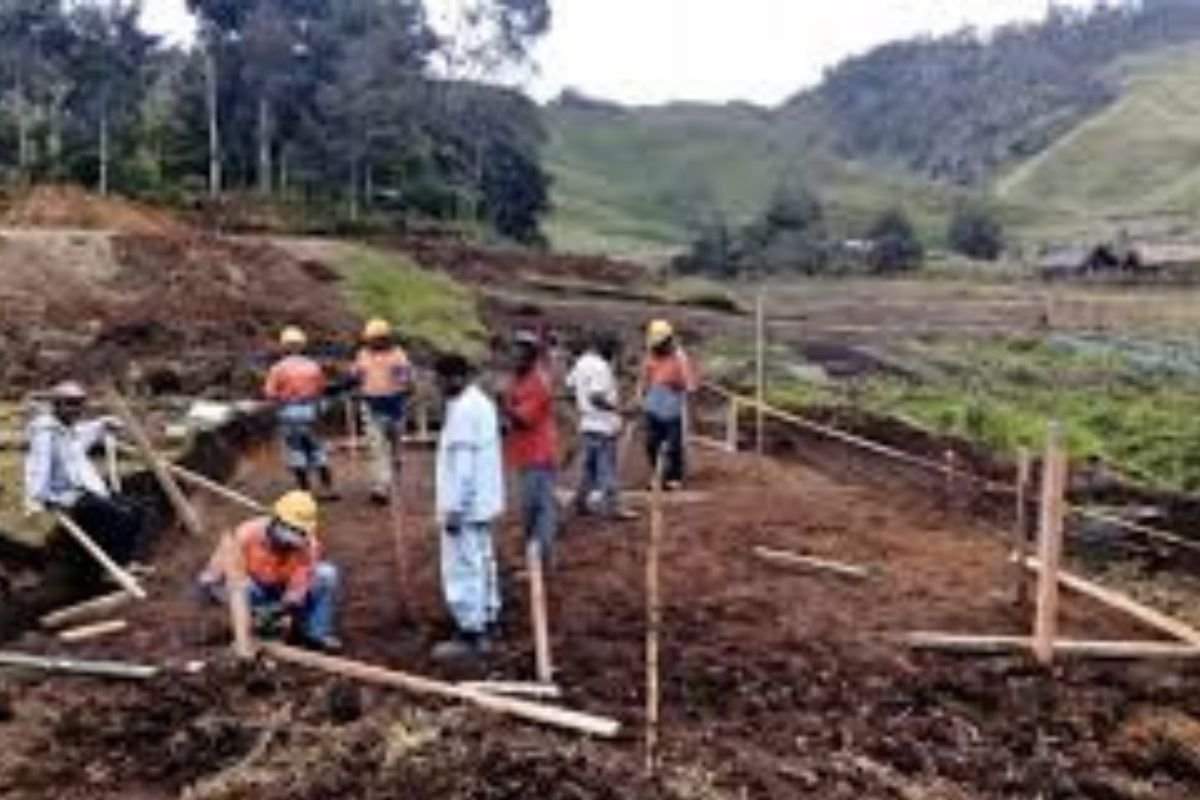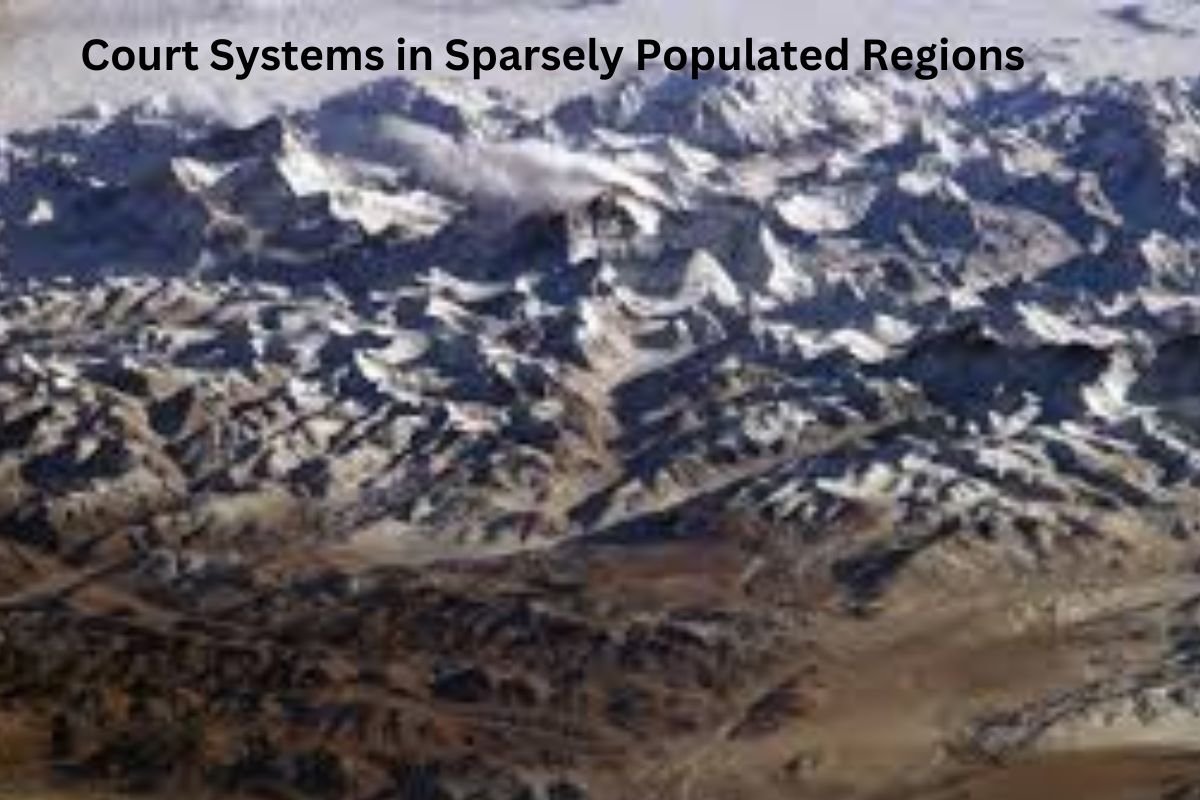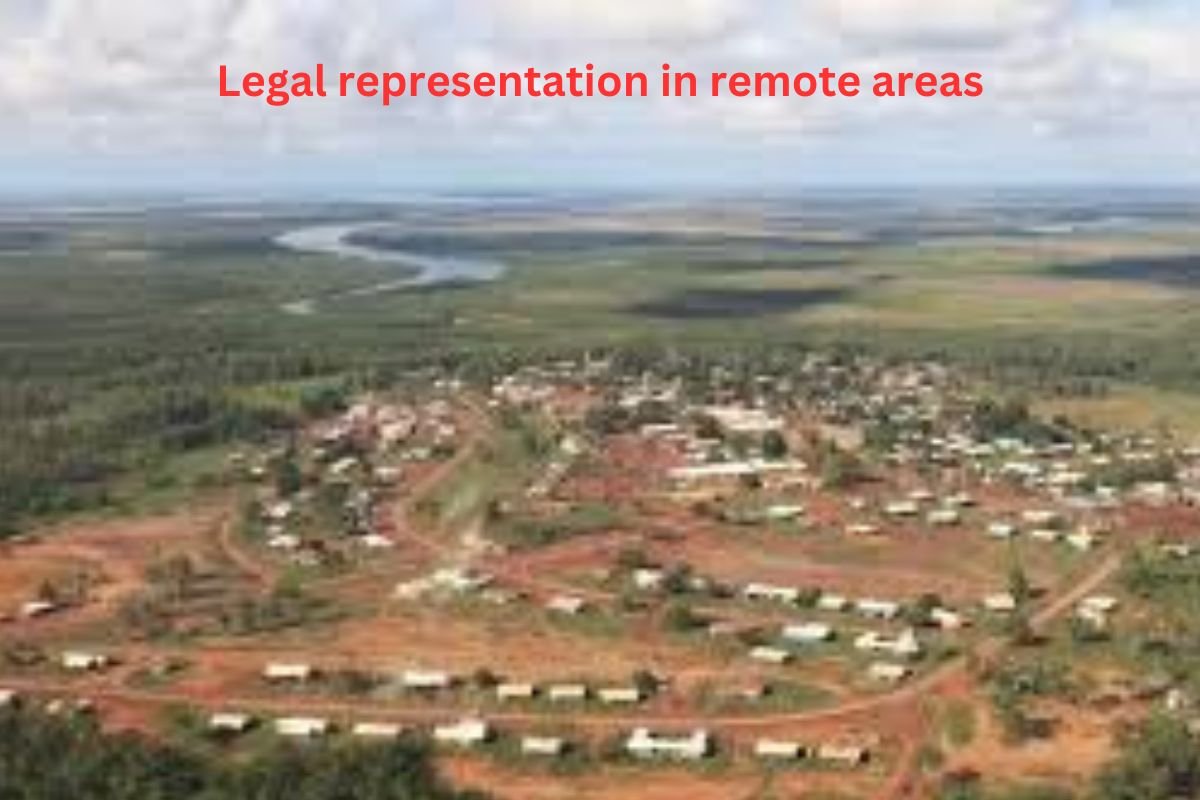Enhancing Legal Infrastructure in Sparsely Populated Areas
Introduction to Legal Infrastructure in Sparsely Populated Areas
In the vast expanses of sparsely populated areas, establishing robust legal infrastructure is essential for ensuring access to justice and upholding the rule of law. However, the unique challenges posed by remote regions often hinder the development of adequate legal services and support systems.
Understanding Sparsely Populated Areas
Sparsely populated areas are characterized by low population densities, vast geographical landscapes, and limited access to essential services. In these remote regions, individuals may face significant barriers in accessing legal assistance due to the lack of legal infrastructure and resources.
Importance of Legal Infrastructure
Legal infrastructure serves as the foundation for a fair and just society, providing individuals with the means to assert their rights, resolve disputes, and seek redress for grievances. In sparsely populated areas, where communities may be isolated and underserved, the presence of robust legal infrastructure is crucial for promoting social justice and community wellbeing.
Challenges in Establishing Legal Infrastructure
Establishing legal infrastructure in sparsely populated areas presents numerous challenges. Geographical isolation, coupled with limited resources and funding, often impedes the development of legal services and support mechanisms. Additionally, the shortage of legal professionals and infrastructure further complicates efforts to address the legal needs of remote communities.
Innovative Solutions and Approaches
Despite these challenges, innovative solutions and approaches have emerged to enhance legal infrastructure in sparsely populated areas. Mobile legal clinics, equipped with legal professionals and resources, traverse remote regions, providing essential legal services to underserved populations. Virtual legal services, including telelaw and online consultations, leverage technology to bridge the gap between legal professionals and remote communities.

Collaborative Efforts and Partnerships
Collaborative efforts between government agencies, community organizations, and legal aid providers are essential for strengthening legal infrastructure in sparsely populated areas. By pooling resources and expertise, these stakeholders can expand access to legal services and support systems, ensuring that no community is left behind.
Legal Education and Awareness
Promoting legal education and awareness is integral to enhancing legal infrastructure in sparsely populated areas. By empowering individuals with knowledge of their legal rights and resources, communities can better navigate legal processes and seek assistance when needed. Legal education initiatives, workshops, and outreach programs play a crucial role in raising awareness and promoting access to justice.
Addressing Cultural and Linguistic Diversity
In diverse communities, cultural and linguistic diversity must be considered in the development of legal infrastructure. Tailoring legal services to the unique needs and preferences of diverse populations ensures inclusivity and accessibility. Providing language access services and culturally competent representation fosters trust and engagement within communities.
Case Studies and Success Stories
Across sparsely populated areas, numerous success stories highlight the transformative impact of enhanced legal infrastructure. From mobile legal clinics serving remote villages to community-led legal education campaigns, these initiatives demonstrate the power of collaboration and innovation in expanding access to justice.
Future Prospects and Challenges
Looking ahead, there are significant opportunities for further enhancing legal infrastructure in sparsely populated areas. Leveraging technology, fostering partnerships, and advocating for policy change are key strategies for addressing ongoing challenges and barriers to access.
Conclusion
In conclusion, enhancing legal infrastructure in sparsely populated areas is essential for promoting access to justice and advancing social equity. By embracing innovative solutions, fostering collaboration, and prioritizing community engagement, we can build a more inclusive and equitable legal system that serves the needs of all individuals, regardless of their geographical location.
FAQs (Frequently Asked Questions)
- How can mobile legal clinics benefit sparsely populated areas?
- Mobile legal clinics bring essential legal services directly to underserved communities, overcoming barriers related to distance and accessibility.
- What role do government agencies play in enhancing legal infrastructure?
- Government agencies allocate funding, resources, and support to initiatives aimed at improving legal infrastructure and access to justice in sparsely populated areas.
- How can legal education initiatives contribute to enhancing access to justice?
- Legal education initiatives raise awareness of legal rights and resources, empowering individuals to navigate legal processes and seek assistance when needed.
- What challenges do legal professionals face in serving sparsely populated areas?
- Legal professionals may encounter challenges related to geographical isolation, limited resources, and cultural diversity when serving sparsely populated areas.
- How can community partnerships contribute to strengthening legal infrastructure?
- Community partnerships enable stakeholders to pool resources, expertise, and support, fostering collaboration and innovation in enhancing legal infrastructure and access to justice.



